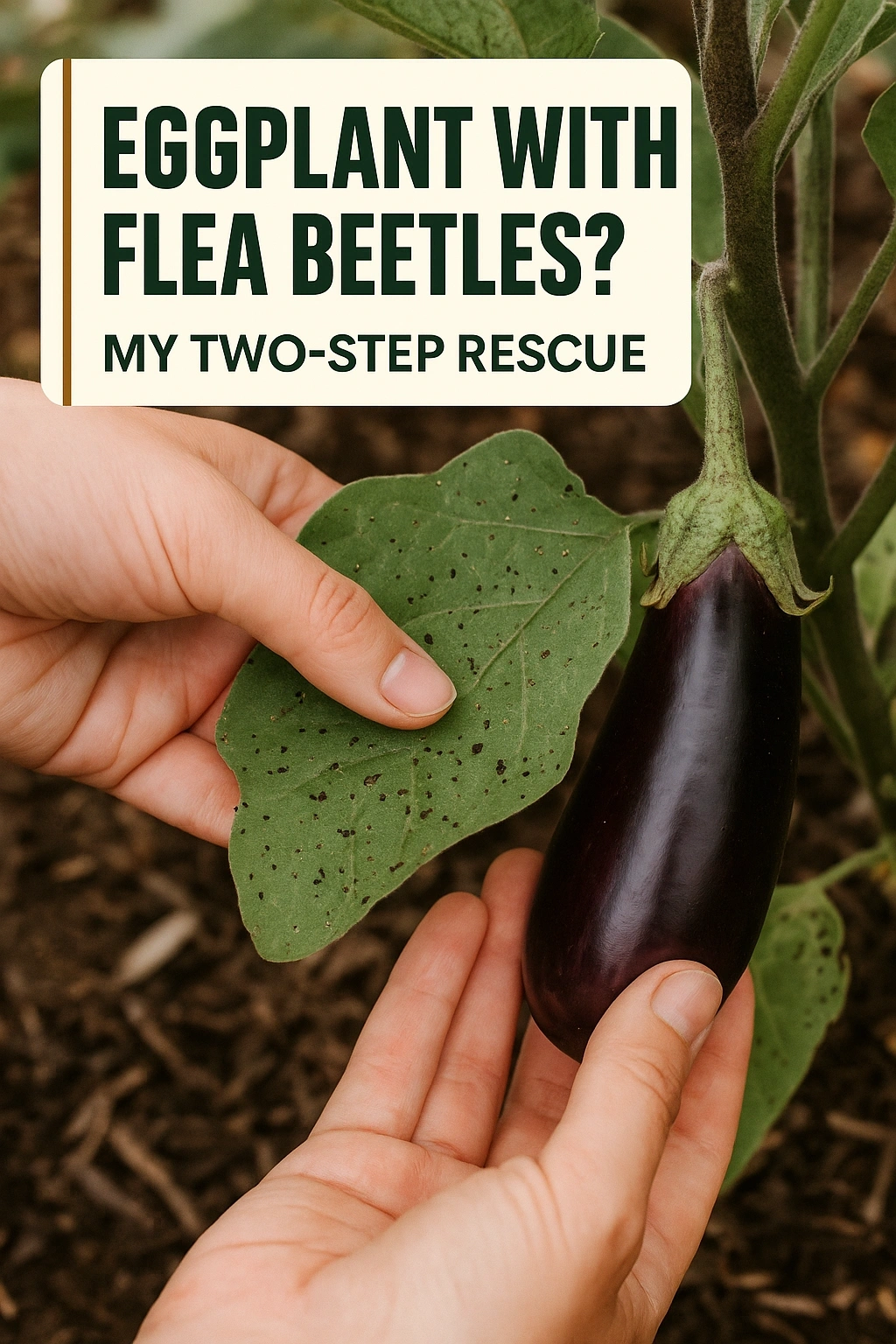
Flea beetles can wreak havoc on your eggplant crop, leaving you frustrated and unsure of how to proceed. These small pests, which are often no larger than a pinhead, can cause significant damage by creating tiny holes in the leaves of your beloved plants. Understanding their life cycle, behavior, and the potential consequences of an infestation is crucial for any gardener aiming to protect their eggplants. With the right strategies, you can successfully manage flea beetles and ensure your plants thrive.
The Life Cycle of Flea Beetles
Flea beetles undergo a complete metamorphosis, which includes four distinct stages: egg, larva, pupa, and adult. Adult flea beetles emerge in the spring, ready to feed on young plants. They lay their eggs in the soil near host plants. Once the larvae hatch, they begin feeding on roots and foliage, further damaging the plant. Understanding this life cycle helps gardeners anticipate and react to infestations more effectively.
Identifying Flea Beetle Damage
Recognizing the signs of flea beetle damage early can save your eggplants from severe harm. The most common indication of their presence is the characteristic small holes in the leaves, which can quickly escalate to more significant damage if not addressed promptly. Additionally, affected plants may exhibit stunted growth and yellowing leaves, signaling stress from pest activity.
Common Types of Flea Beetles
There are several species of flea beetles that might target your eggplants, including the black flea beetle and the striped flea beetle. Each species may have slightly different behaviors, but they all share the same appetite for your plants. Identifying the specific type can help you tailor your pest management strategies for more effective results.
Implementing Two-Step Rescue for Flea Beetles
When faced with a flea beetle infestation, a two-step rescue plan can help mitigate damage and protect your eggplants. This approach combines preventive measures with responsive actions, ensuring you tackle the problem from all angles. Below, we detail these steps to empower you as a gardener.
Step 1: Preventive Measures
Prevention is always better than cure. Start by implementing strategies that deter flea beetles from making your garden their home. Consider these effective methods:
- Crop rotation: Changing the location of your eggplants each year can disrupt the lifecycle of flea beetles.
- Floating row covers: Use lightweight fabric to shield young plants from pests while allowing sunlight and moisture to penetrate.
- Companion planting: Planting certain herbs like basil or marigold near eggplants can repel flea beetles.
Step 2: Responsive Actions
If prevention doesn’t stop the beetles, it’s time to take responsive measures. These actions can help control and reduce the infestation:
- Handpicking: Regularly inspect your plants and remove visible beetles by hand.
- Insecticidal soap: Applying a diluted solution can effectively kill pests on contact without harming the plants.
- Neem oil: This natural pesticide disrupts the life cycle of the beetles and can be applied as a preventative measure as well.
Maintaining Plant Health Post-Infestation
After implementing your two-step rescue plan, it’s crucial to focus on the overall health of your eggplants. Healthy plants are better equipped to withstand pest damage and recover more quickly. Here are key practices to enhance plant vitality:
Soil Health and Nutrition
Ensure your soil is rich in organic matter and nutrients. Regularly amend your soil with compost or well-rotted manure to provide essential nutrients. Additionally, testing your soil pH can help you determine if any adjustments are needed for optimal growth.
Watering Practices
Water your eggplants consistently but avoid overwatering, which can lead to root rot. Deep watering encourages strong root systems, while mulching can help retain soil moisture and suppress weeds. A well-hydrated plant is more resilient to pests and diseases.
Frequently Asked Questions
What are the signs of flea beetle infestation on eggplants?
Signs include small holes in the leaves, stunted growth, and yellowing of the plant. Early detection is key to reducing damage.
Can I use homemade remedies to control flea beetles?
Yes, homemade remedies like a mixture of water and dish soap can be effective. Spraying this solution on affected areas can help control beetle populations.
How often should I check my eggplants for pests?
Regular inspections, ideally once a week, can help you catch infestations early before they cause significant damage.
Are flea beetles harmful to humans or pets?
No, flea beetles do not pose a direct threat to humans or pets. Their primary concern is the damage they cause to plants.
How long does it take for flea beetles to damage my eggplants?
Damage can occur quickly, often within a week of infestation, especially on young plants. Prompt action is crucial to minimize harm.
Conclusion
Dealing with flea beetles on your eggplants can be challenging, but with a well-structured two-step rescue plan, you can effectively manage these pests. By focusing on prevention and responsive actions, as well as maintaining the health of your plants, you can protect your garden and enjoy a bountiful harvest. Remember, the key to successful gardening lies in observation, timely interventions, and continuous learning.
